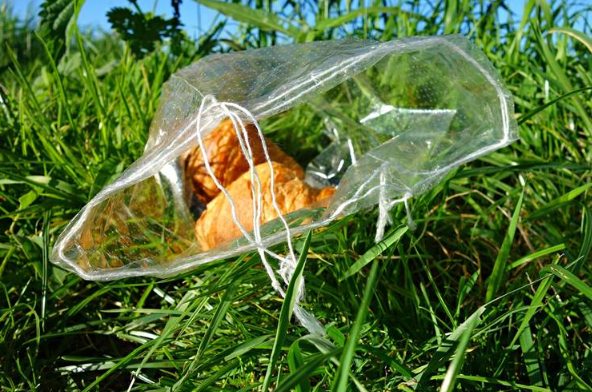WALL-E. 2008. Andrew Stanton, director.
Introduction
Nowadays, the ecological situation on the Earth does not seem to be perfectly fine. Furthermore, the amount of garbage that is thrown out does not decrease. The problem of excess junk and people’s carelessness about our planet’s state was highlighted in different works of art, one of which is the movie WALL-E. It is often thought that some movies predict the future. So, is WALL-E also the case? Is there any possibility of such a situation happening in real life?
Wall-E scenario
According to the movie, by 2105 the Earth was so polluted that people had to leave it on a spacecraft. The Earth became uninhabitable for people, so the robots (WALL-Es) were assigned to make it clean and lively again. For 700 years, humanity has been living in space, but the Earth was still destroyed in 2805, as the robots were not managing to clean it. However, even though we cannot be sure what will be going on with the Earth in more than 80 years, we can look at today’s situation and make some estimations.
What is happening now?
Today, the planet’s health is obviously worse than, for example, in the previous century. Global warming has gotten worse, and the temperature is still rising regardless of the effort made to stop it. In 2015, a decision was made to keep the increase of the temperature under 1.5 degrees Celsius a year to solve the problem, but the goal is still unaccomplished after 8 years. Another huge problem that has been worsening is the increasing amount of plastic in nature, especially in the ocean. However, as Inger Andersen stated in her speech on the plastic issue, “If the global community can deliver, plastic pollution could fall by 80 percent by 2040”, which means even an issue this serious can be gone if it is taken care of. There are a lot more issues, such as deforestation, loss of biodiversity, greenhouse gas emissions, and the use of unrenewable energy sources. None of those should be forgotten about because once it is done, there is no way back.
Are we going to end up the same as in the film?
According to the United Nations, there is always a way to combat environmental issues. For instance, the UN’s official website provides an entire plan on getting rid of carbon emissions by 2050. They state that it is possible to keep the warming under 1.5 degrees Celsius per year by cutting CO2 emissions down to 45% in 2030 (compared to 2010). Although CO2 emissions will increase by 10% from 2010 to 2030, we can avoid the worsening of this problem by taking action, according to the UN’s estimations.
Moreover, technological and scientific progress is going to provide us with advanced machines and technologies that could allow us to overcome many existing issues.
Although the movie seems realistic at first, there are some things that just do not align with each other. Realistically thinking, even if we had such technology to abandon the Earth and stay in space for 700 years, how could we restock fuel, water, and food? Moreover, if we have the needed technology to build a huge spacecraft, we could use it to reduce pollution and clean the Earth instead. If we imagine that a spacecraft can endure 700 years, the robots could be the same quality, so they would be effective enough to get rid of the junk on the planet in the same period of time. Therefore, if we were ready to leave the planet, we would be also able to make it clean again.
Overall, ending up the same way as in WALL-E does not seem to be likely. We could have the necessary technology to handle ecological problems, and if humankind makes an effort to reduce its negative impact on the environment, WALL-E will not turn out to be our reality.
Conclusion
It is important not to forget that WALL-E is just a movie and not a prediction of the future. However, some actions should be taken in order to prevent the events happening in the film from taking place in the real world. The movie just shows how it would turn out if we did not take care of our planet, but we ourselves are responsible for not neglecting it and just letting it go.
References
Inger Andersen. 2023. Solutions to beat plastic pollution. Speech. Report launch: Turning off the Tap: How the world can end plastic pollution and create a circular economy. 16.05.2023. Nairobi, Kenya.
https://www.unep.org/news-and-stories/speech/just-transition-new-plastics-economy
United Nations. Updated in 2023. Climate Action. Net Zero Coalition. Read on 22.10.2023.




